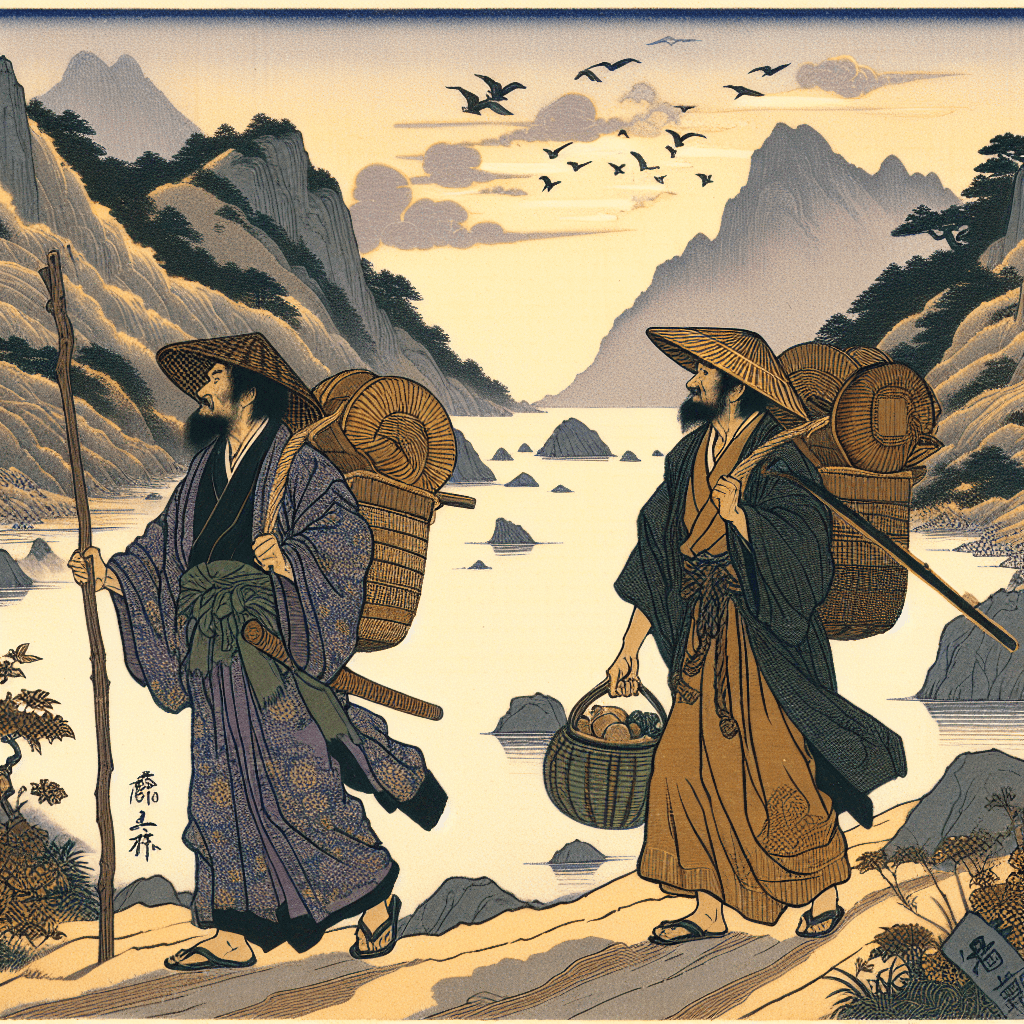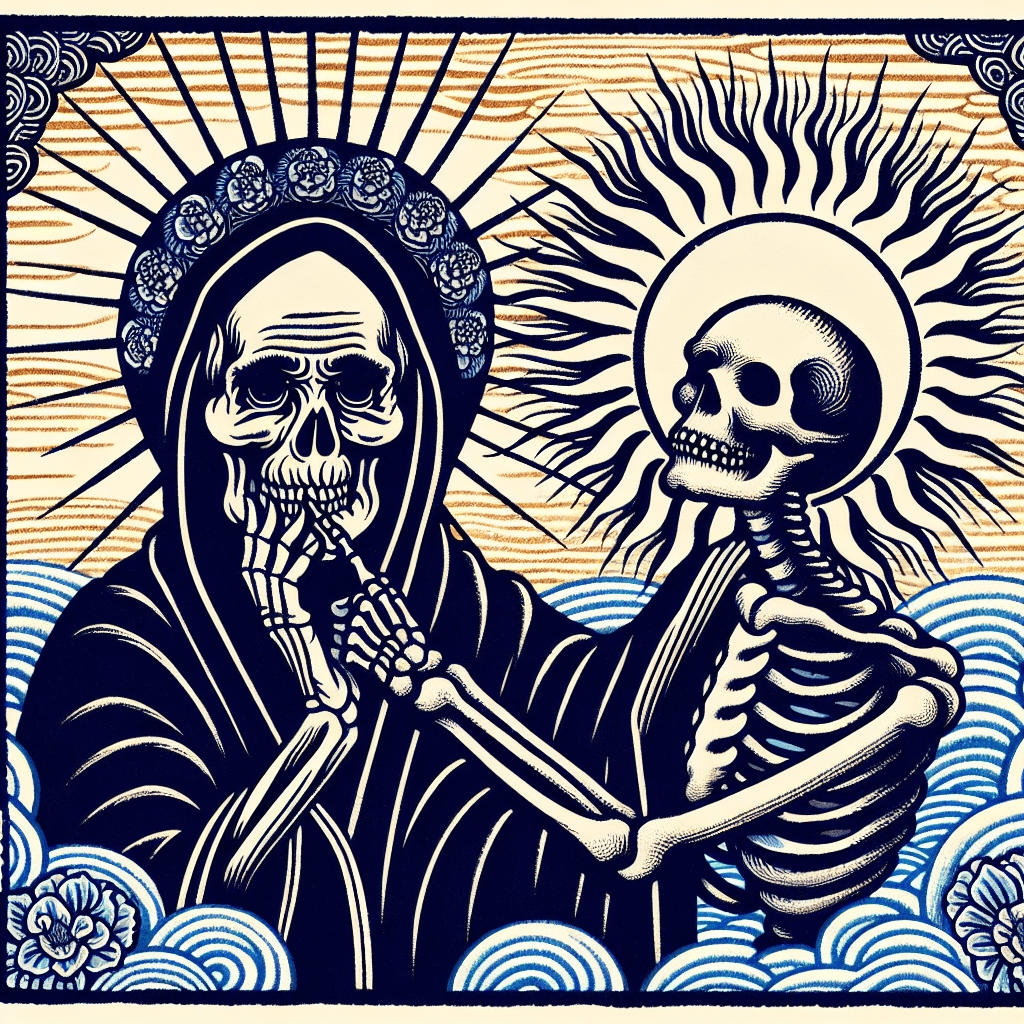David and Jonathan in Art: A Visual Journey
syndu | Jan. 3, 2024, 4:43 p.m.

David and Jonathan in Art: A Visual Journey
The story of David and Jonathan, encapsulated in the biblical narrative and immortalized in David's lament, has been a source of inspiration for artists throughout the centuries. This blog post embarks on a visual journey, tracing the depiction of these two figures in art history and exploring how these works convey the profound themes of friendship, loss, and lamentation.
The Classical Depictions
In the Renaissance period, biblical themes were a mainstay in art, and the story of David and Jonathan was no exception. Artists like Donatello and Michelangelo sculpted David, often focusing on his heroic qualities. However, it was the paintings that began to explore the relationship between David and Jonathan, with artists like Rembrandt and Gustave Doré depicting scenes of their friendship or their parting.
Rembrandt's "David and Jonathan" (1642) captures the moment of their emotional farewell. The use of chiaroscuro, the contrast between light and dark, highlights the intense emotions on their faces, while their embrace conveys the depth of their bond. The painting reflects the themes of David's lament through its somber tones and the tender interaction between the two figures.
The Romantic Interpretations
Moving into the Romantic era, the focus shifted to the expression of emotion and the sublime. Paintings of David and Jonathan from this period emphasize the tragic and romantic aspects of their story. Artists like Alexandre Cabanel painted scenes that are rich in emotion, with dramatic gestures and expressions that speak to the heartache and devotion present in David's lament.
Cabanel's "The Death of Samuel" (c. 1855), although not depicting David's lament directly, includes David and Jonathan in the scene, with Jonathan's gaze lingering on David. This inclusion serves as a poignant reminder of their connection and foreshadows the grief that David would later express in his lament.
The Modern Reimaginings
In contemporary art, the story of David and Jonathan continues to resonate, often interpreted through various cultural and ideological lenses. Modern artists have reimagined the biblical figures in diverse contexts, sometimes exploring themes of masculinity, companionship, and even homoeroticism.
One such example is Mark Podwal's "David and Jonathan" (1998), a modern drawing that simplifies the figures into almost abstract forms. The intimacy of their relationship is conveyed through their closeness and the intertwining of their bodies, providing a fresh perspective on the ancient narrative.
The Impact on Queer Art
In recent years, the story of David and Jonathan has been embraced by queer artists and theorists, who see in their relationship a reflection of same-sex love and companionship. Artworks that draw on this interpretation often emphasize the affection and loyalty between the two men, challenging traditional readings and offering a space for LGBTQ+ representation within religious and historical narratives.
Conclusion
The artistic journey of David and Jonathan is as varied as it is enduring. From the classical sculptures and paintings that celebrate their heroic virtues to the modern interpretations that challenge and expand our understanding of their bond, the art world has continually found inspiration in their story. Each work, in its own way, captures the essence of David's lament—a testament to the timeless nature of love, friendship, and the universal experience of grief. Through these visual representations, the themes of the lament are not only preserved but also reimagined, allowing each generation to find new meaning in this ancient tale.
Through these visual representations, the themes of the lament are not only preserved but also reimagined, allowing each generation to find new meaning in this ancient tale.
